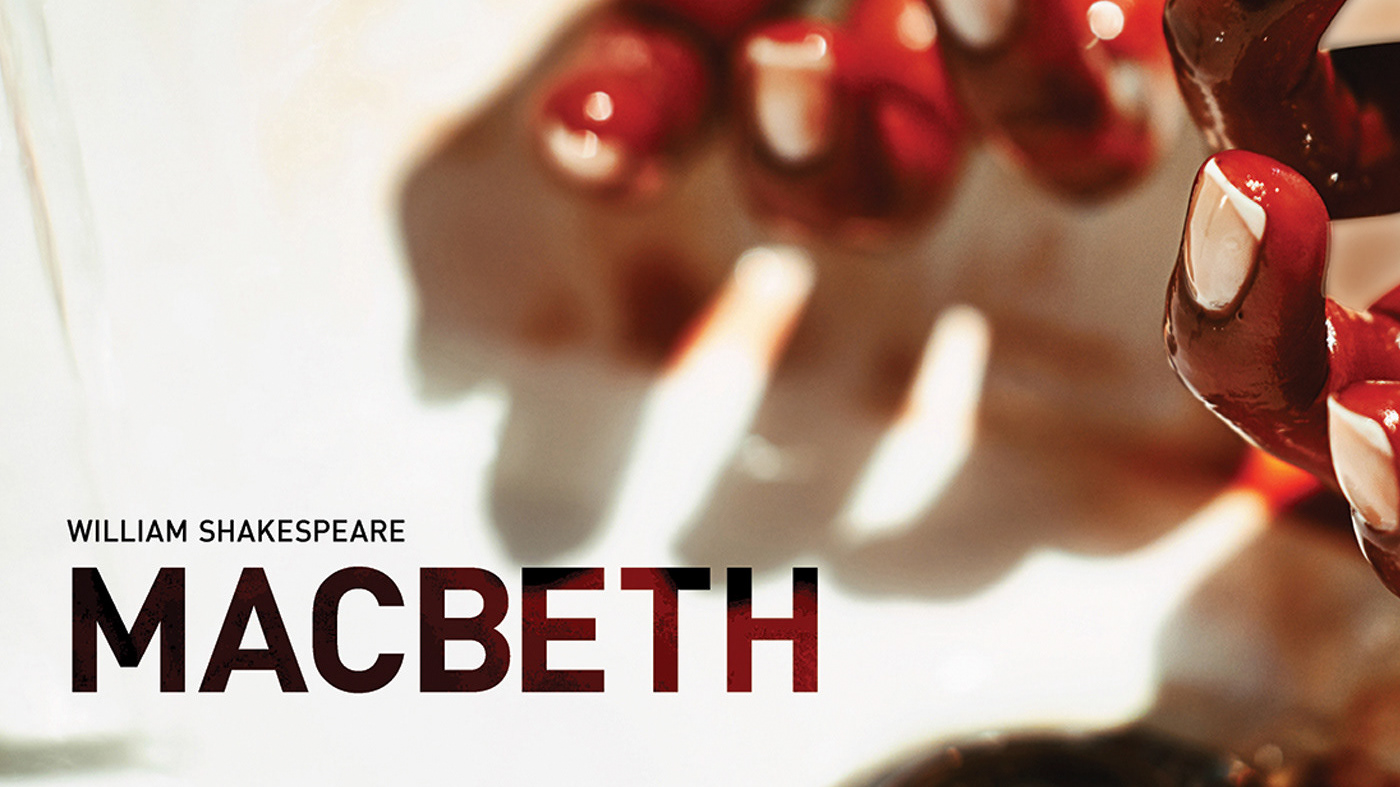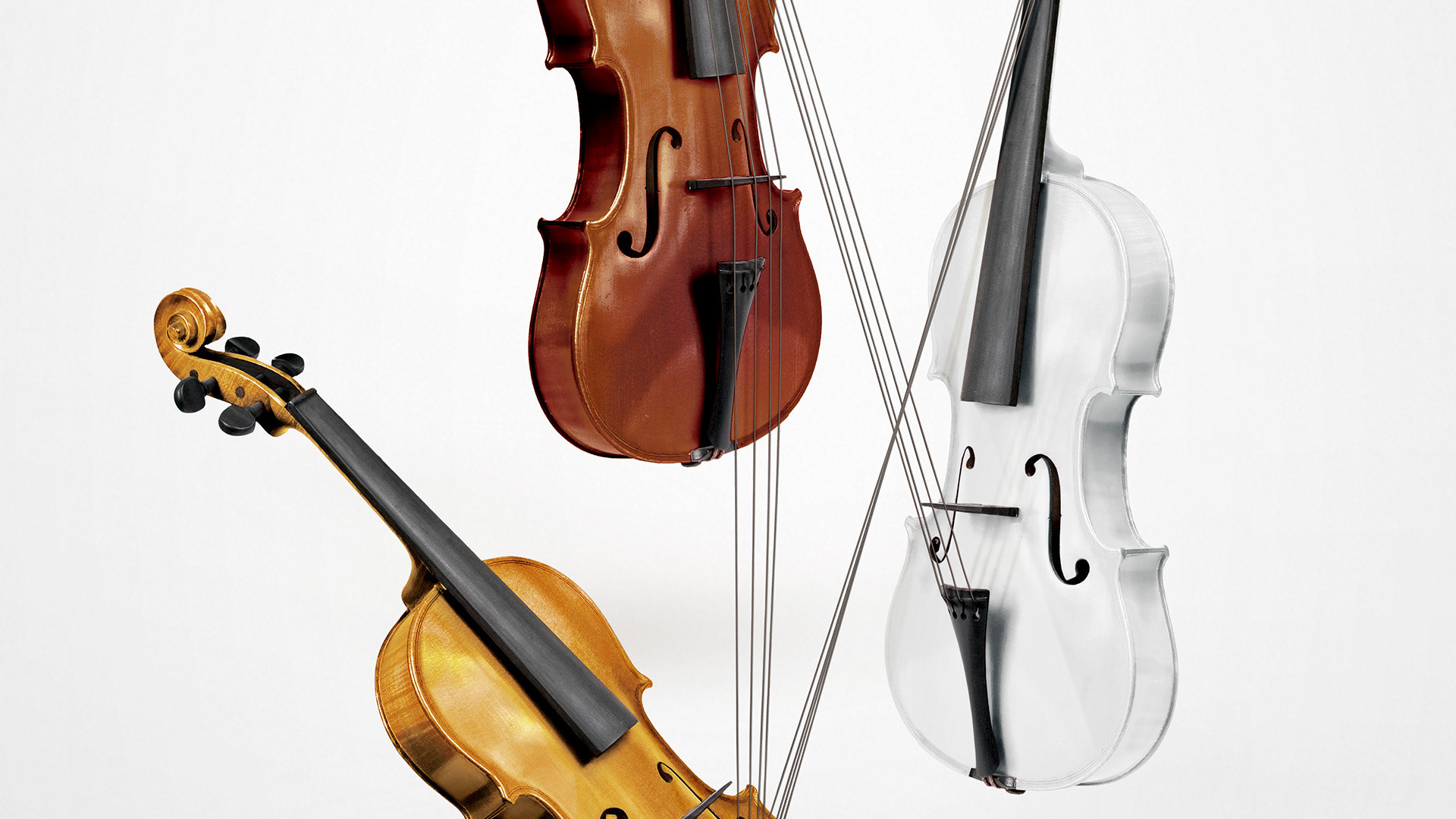ART & HEARTACHE
When I was invited to take part in the “Frida & Diego—a creative love story” exhibition in Holon, Israel, I was immediately fascinated by the topic. During the creative process, I found myself reflecting on other famous creative couples whose passionate and turbulent relationships shaped their work. From Virginia and Leonard Woolf to Ted Hughes and Sylvia Plath, Chopin and George Sand to John Lennon and Yoko Ono—the list goes on.
This reflection inspired me to create a series of my own: “Art and Heartache.” The series explores the relationships between famous couples—married or entangled in love affairs—and how their love and creativity influenced one another. For this project, I chose Diego Rivera and Frida Kahlo (again), Gustav and Alma Mahler, and Auguste Rodin and Camille Claudel. Each of these relationships was marked by turmoil, ending in divorce (Diego and Frida), an affair (Alma and Gropius during her troubled marriage to Gustav), or complete breakdown (Rodin and Claudel).
In studying these couples, I was struck by the gender dynamics in their stories. Male figures often dominated the spotlight, while the women sacrificed their voices and dreams. Alma Mahler, for example, gave up her career as a composer to support Gustav, enabling his success while fading into the background. Camille Claudel, after a period of shared creativity with Rodin, suffered a mental breakdown when their relationship fell apart, destroying much of her work. Even Frida Kahlo, who pursued her art independently of Diego, paid the price of isolation and loneliness. Across these stories, the women endured heartbreak and loss, while the men often reaped public acclaim.
In this series, I’ve used typographic design, symbolic visuals, and a simple, consistent color palette to unify the pieces. The male figures’ names are positioned at the top of each design, symbolizing their dominance, while the women’s names appear at the bottom to reflect their struggles to find their own voices. For Diego and Frida, clashing colors and reversed typography capture their creative differences and mutual independence. For Gustav and Alma, For Gustav and Alma, Gustav takes the front stage, while her colors fade as Gustav “sucks” the vibrancy out of her—a visual metaphor for how his dominance stifled her creativity and identity. For Rodin and Claudel, their names form a fragmented sculpture with cracks that suggest the collapse of their relationship and Camille’s emotional fragility.
Inspirational sources for this project include: Mahler’s 5th Symphony (Adagietto), Mahler’s 10th Symphony, Mahler on the Couch (film), The Lady in Gold by Anne-Marie O’Connor, Camille Claudel (film), Camille Claudel—1915 (film), The Age of Maturity by Camille Claudel (sculpture), Rodin (Eifman’s ballet), Frida (film), A Few Small Nips by Frida Kahlo, and more.



















